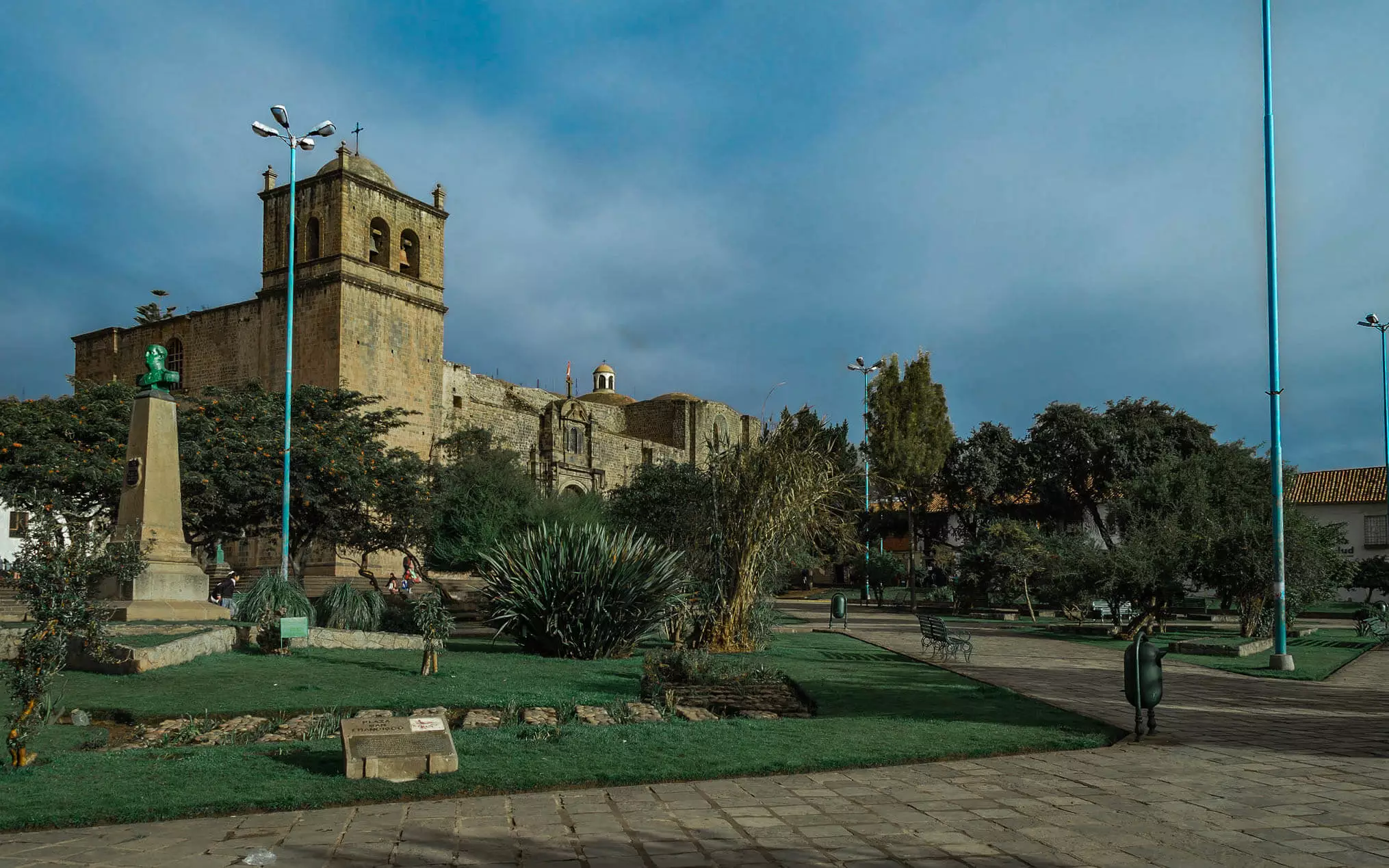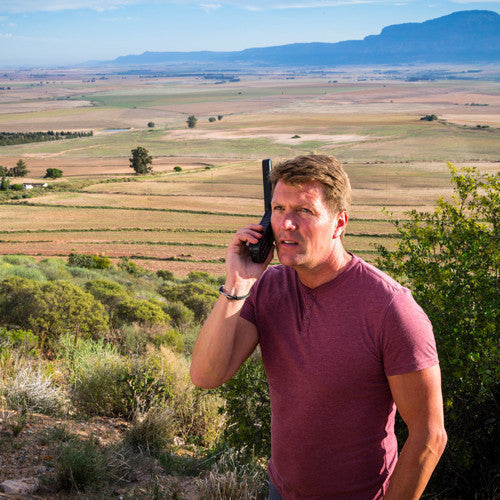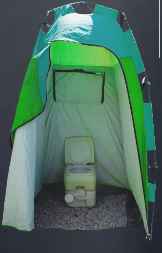The plazas of ancient Cusco were epicenters of political activity, used mostly as a marketplace or area for people to gather for religious customs. While Cusco has modernized, many of the plazas are still used in this way.
 Cusco is a magical city full of history, tradition and amazing architecture. The traditions of the Incas are prevalent on every block, even though the architecture is mostly from the Colonial times after the Spanish conquered the city. The juxtaposition of old and new is felt especially strong in the different plazas of Cusco. The Incas cared tremendously about architecture and design and designed the city after the Puma, a symbol of earth. Distributing the streets with intent, with squares, aqueducts and roads was important to the incas and is still very recognizable today. While the Spanish demolished and built most of their own buildings, the layout of the city has remained largely the same for over 600 years.
Cusco is a magical city full of history, tradition and amazing architecture. The traditions of the Incas are prevalent on every block, even though the architecture is mostly from the Colonial times after the Spanish conquered the city. The juxtaposition of old and new is felt especially strong in the different plazas of Cusco. The Incas cared tremendously about architecture and design and designed the city after the Puma, a symbol of earth. Distributing the streets with intent, with squares, aqueducts and roads was important to the incas and is still very recognizable today. While the Spanish demolished and built most of their own buildings, the layout of the city has remained largely the same for over 600 years.
CUSIPATA SQUARE
What most Cuscaneans (and tourists) refer to today as the main square was also the most important plaza to the Incas, but it was double the size back then.
After the Spanish arrived in the city, they decided to split the original center into two parts: Huacaypata and Cusipata. These two squares are a great example of the dualism that is so often seen in Andean philosophy. Originally called Huacaypata (now Plaza de Armas), place of sadness, is now separated by some colonial buildings from Cusipata, place of happiness.
Initially, the use that this square had in colonial times was as a local market called Tiangues because between two and 3 days a week the Cusipata Square became a market for the local people of Cusco.

SAN FRANCISCO SQUARE
Now one of the most popular squares in Cusco, San Francisco Square used to be an agriculture center, with the famous inca terraces dedicated to the most important crops of the time. It also served as a checkpoint for one of SUYOS. The Inca Empire was separated into four great regions, or SUYOS.
This square was once under the administration of the monks who decided to name the plaza after the temple that is located here. Currently, this square is a great place to relax in with numerous trees and shrubs endemic to the place. You can enjoy these trees since there are all the varieties that grow in the city of Cusco, making it a museum of live endemic plants.
In the 1970s, due to its proximity to the San Pedro Market and the San Pedro del Ferrocarril del Sur station that makes the route to Machu Picchu and the province of La Convencion, the square became the point of arrival and departure for vehicles to nearby towns.
As a consequence of these factors, it became an informal trade point and suffered both physical and social deterioration.
This square was once under the administration of the monks who decided to name the plaza after the temple that is located here. Currently, this square is a great place to relax in with numerous trees and shrubs endemic to the place. You can enjoy these trees since there are all the varieties that grow in the city of Cusco, making it a museum of live endemic plants.
NAZARENAS SQUARE
From the middle of the 16th century until 1629, the square was called “Plazuela del Convento de Santa Clara.” It was later renamed “Plazuela de Santa Clara la Vieja” and then again “Plazuela del Colegio y Seminario de San Antonio Abad.” Finally in the 19th century, after the installation of the Beguinage de las Nazarenas in the neighboring Casa de las Sierpes, it received its final name, Nazarenas Square.
This plaza has been mostly dedicated to learning with schools, higher education center or Yachay Wasi (Houses of Knowledge) were located.

SAN BLAS SQUARE
The Spanish divided the city into 8 neighborhoods, each with their own church. San Blas was the location where the Bishop of San Blas performed his miracles.
The neighborhood of San Blas completely changed under the Spanish with different looking houses, water fountains and other buildings all in the colonial style.





































 Porters will carry up to 7 kg of your personal items, which must include your sleeping bag and air mat (if you bring or rent one). From us, these two items weigh a combined total of 3.5 kg.
Porters will carry up to 7 kg of your personal items, which must include your sleeping bag and air mat (if you bring or rent one). From us, these two items weigh a combined total of 3.5 kg.

